Remnants of Edinburgh's original trams and where to find them
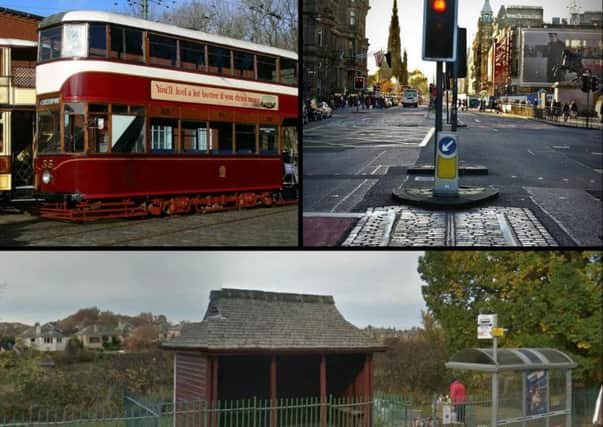

Ephemera from the first generation Edinburgh trams remains scattered all over the city. It exists above our heads, below our feet and fixed to the side of our buildings - you just need to know where to look.
The depots
Today’s tram service is based at just one depot: Gogarburn, but back in the day there were numerous tram depots. Those at Portobello and Tollcross are long gone now, but Shrubhill and Leith - albeit mostly demolished to make way for new housing - can still be visited and elements of both depots are to be retained.
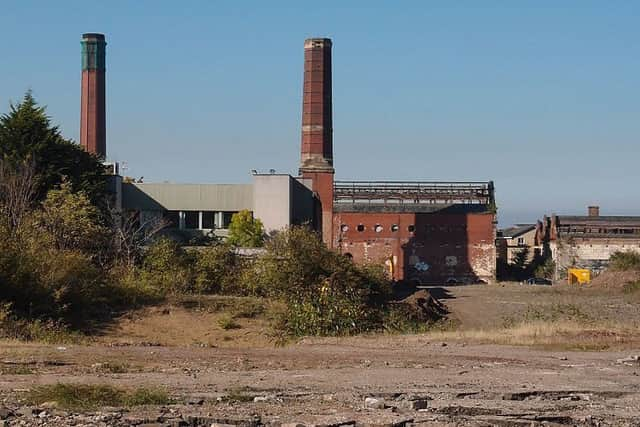

Surviving tram track
Advertisement
Hide AdAdvertisement
Hide AdPrior to Edinburgh’s amalgamation with Leith in 1920, the Capital used cable-hauled trams that operated by gripping on to a continuously moving cable located within a groove between the rails. A small section of cable tram track survives at Waterloo Place.
Surviving tram track from the pre-1956 network was also uncovered in 2015 during the St James Centre redevelopment.
Cable tram depot and pulley unit
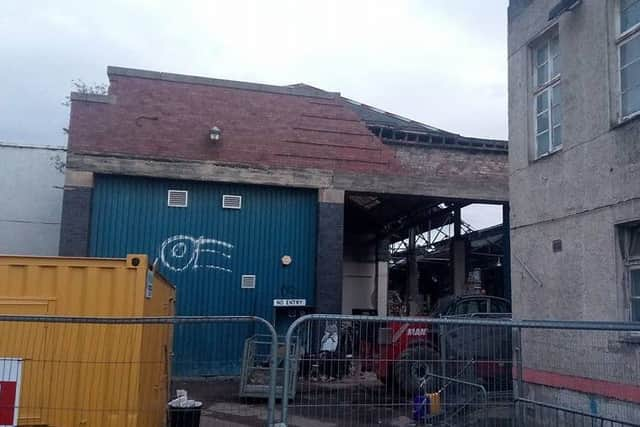

The former cable tram depot at Henderson Row, originally Edinburgh Northern Tramway Depot, latterly Edinburgh Corporation Tramways, still stands. The preserved pully unit which carried the cables for the trams is also visible to the side of the building.
Wall rosettes
Evidence of wall rosettes which were fixed to the facades of buildings in order to hold the catenary wires can be seen all over the city. Most rosettes were removed, leaving distinct ‘scarring’ on the stonework where they had been situated, however, a handful have survived, such as those at Bruntsfield Place and also at Constitution Street/Maritime Lane. One trams enthusiast even had a surviving rosette fixed to the front of his house.
Tram shelter
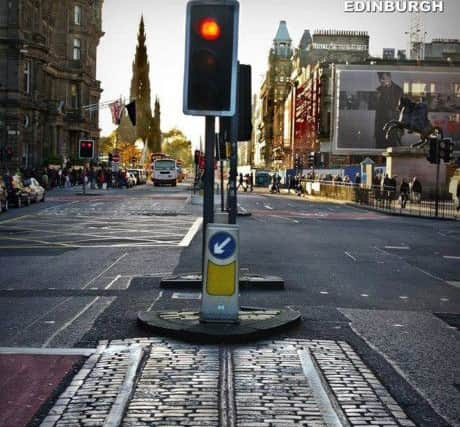

A surviving wooden tram shelter still stands today on Comiston Road at the former Braids Terminus.
Overhead support poles
Once Edinburgh’s trams switched to electric in the 1920s the city began to erect a forest of overhead support poles to carry the wires. Most have been removed but two can still be seen at Dryden Street.
Surviving tramcars
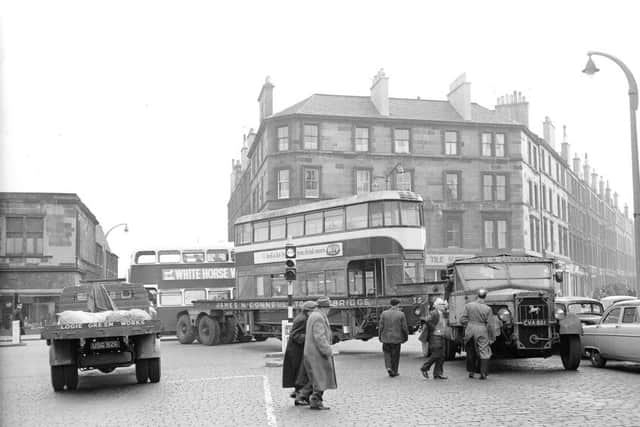

From all the hundreds of electric tramcars which once trundled through the Edinburgh district, only one, tram 35, was spared the scrapheap. It resides today restored at Crich Tramway Village in Derbyshire. Prior to this, tram 35 spent a number of years running as a vintage service along Blackpool’s iconic promenade. It also made a guest appearance at the Glasgow Garden Festival in 1988.
Two others, an original horse-drawn tram and a cable-hauled tram that was brought back from the brink after many years being used as a ‘portable’ home also survive.